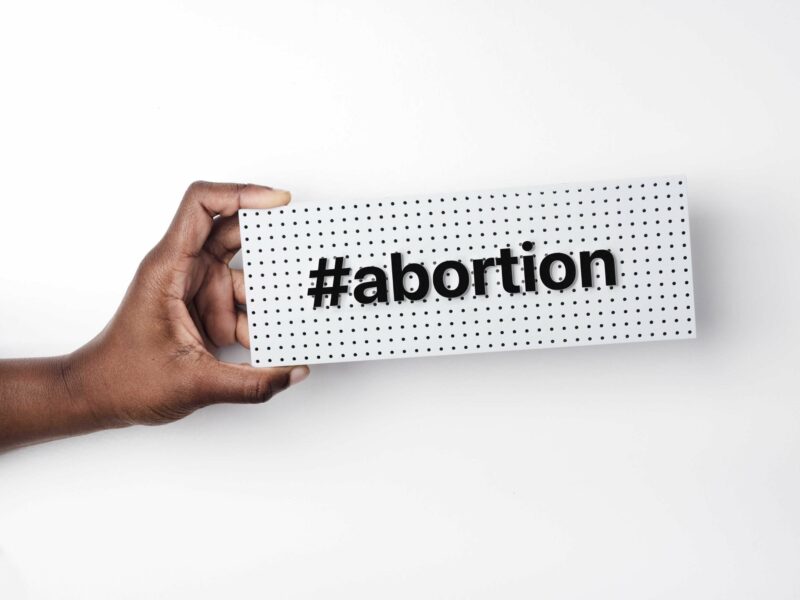Superbug is a big word for a tiny creature. The title is hyperbolic and perhaps more news-friendly than the title “multi-drug resistant (MDR) bacteria”, but the latter provides a clearer identity. In recent decades, and with seemingly hastening incidence, many of the pathogenic bacteria we considered manageable are escaping the grasp of man-made antibiotics. Scientists at Nanyang Technological University (NTU) in Singapore, ground zero for the identification of many superbugs, think they have a solution: a superbug killer.
Typically, medical professionals fight MDR bacteria with more antibiotics, but Professor Mary Chan of NTU’s School of Chemical and Biomedical Engineering, recognized that technology she developed to fight bacterial infections in contact lenses could have much wider implications. Professor Chan created a nano-porous polymer magnetically charged to attract bacteria. The magnetic attraction is so strong that the polymer pulls the bacteria through its nano-pores – imagine trying to shimmy a ripe tomato into a gallon milk jug through the mouth – the cell wall ruptures and the bacteria dies. During in vitro lab testing, the process was more than 99% effective. The polymer, which bears the tongue-numbing name Dimethyldecylammonium Chitosan methacrylate, has been proven against Staphylococcus aureus, the cause of Staph infections and methicillin-resistant Staphylococcus aureus (MRSA). The real promise of this solution, aside from the visceral satisfaction of imagining the bacteria as membranous mush in a milk jug, is that bacteria cannot develop resistance to the physical mechanism of squeezing through the nano-pores. Therefore, it seems a more sustainable response to MDR bacteria than prescribing stronger or more varied antibiotics. In many ways, using second or third line antibiotics to combat MDR bacteria is like using a fire extinguisher without reading the directions: the technology works, but if we fail to maintain it, update it, or deploy it at the base of the flame where it is most effective, the fire will survive. Similarly, when antibiotics are over-prescribed or used improperly by patients they do not work. The problem with the metaphor is that, unlike fire, bacteria will adapt and become immune to our technology.
The most notable current MDR pathogen may be tuberculosis, the disease formerly known as consumption: the disease that consumes you. TB’s fame is nothing new: only a hundred years ago the disease, and its wasting effects on the body as the bacteria punches cavities in the lungs, had a significant place in the cultural psyche. Today, MDR and the more dangerous extensive drug resistant (XDR) strains of TB threaten to reverse previous medical gains against tuberculosis. TB requires a treatment that is several months long and sometimes, for financial, logistical, or personal reasons, people do not adhere to the schedule. XDR TB, which developed in patients that did not complete treatment or were mismanaged for their MDR TB is a tangible reminder of what happens when antibiotics are not used correctly: TB just got stronger.
In relation to Prof. Chan’s new superbug killer, which she soon hopes to develop into an ingestible form, it will be interesting to learn if the polymer has the same effect on different species of bacteria. In recent years the number of bacteria with drug-resistance increased dramatically to include salmonella, E. coli, pseudomonas, and others. If the new polymer is effective against such varied pathogens it will be a great step in combating MDR bacteria, but by extension, what it will do to beneficial bacteria in our body? Whether Prof. Chan’s superbug killer is effective against the numerous other current MDR bacteria or not, their mere existence is indicative of simpler problems in modern medicine. Superbugs expose that how we use our medical technologies is equally as important to the effectiveness of the tool. After all, it was how we used antibiotics, not the effectiveness of the antibiotics, which led to superbugs. Superbugs likely developed because of incomplete treatment regimens and over-prescription of antibiotics. Dr. Paul Marino, the man who quite literally wrote the book on Intensive Care Units for medical professionals, said, “the first rule of antibiotics is try not to use them, and the second rule is try not to use too many of them.” Many argue we have not abided by these laws. When drug resistance occurs, the most common process is horizontal gene transmission (gene transmission from parent to offspring is vertical – much like the directionality of a family tree). Bacteria, through various adaptations, can transmit genes without reproduction. Horizontal transmission ensures that bacteria that may not create disease can transfer the gene of drug-resistance to bacteria that do.
We Americans often take a militaristic view on medicine. Most notably, in our war on cancer, news sources scramble to tout the newest weapons: we have the intelligence, we have the (nano)technology, and thus we have hope. We are disheartened when our most trusted technological defenses, like antibiotics, begin to show signs of weakness. In the case of MDR bacteria, the idea that these microorganisms can metabolize the poisons we crafted is defeating. We search for a magic bullet, but it is never that easy. No doubt, Prof. Chan’s research represents a positive and potentially life-saving step in technology, but we possessed technology to kill these bacteria before. In light of previous misuse with antibiotics, it is important to view this new technology as an excellent tool, but not necessarily a magic bullet. There are two sides to Prof. Chan’s new polymer: the technology and the technique. The new superbug killer is indeed a technological shift with great promise. In the past, however, blind reliance on technology has led to dangerous consequences. The technique of antibiotic use proved the fatal flaw in the application of an effective technology. As a lesson of history, we know this of technology and technique: one will not work without the other.

